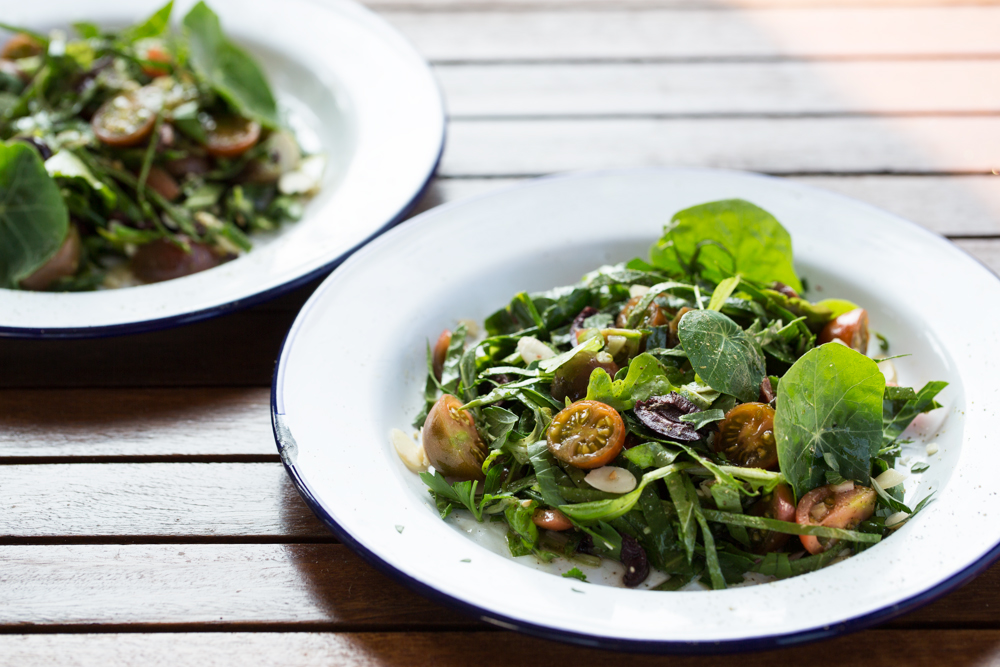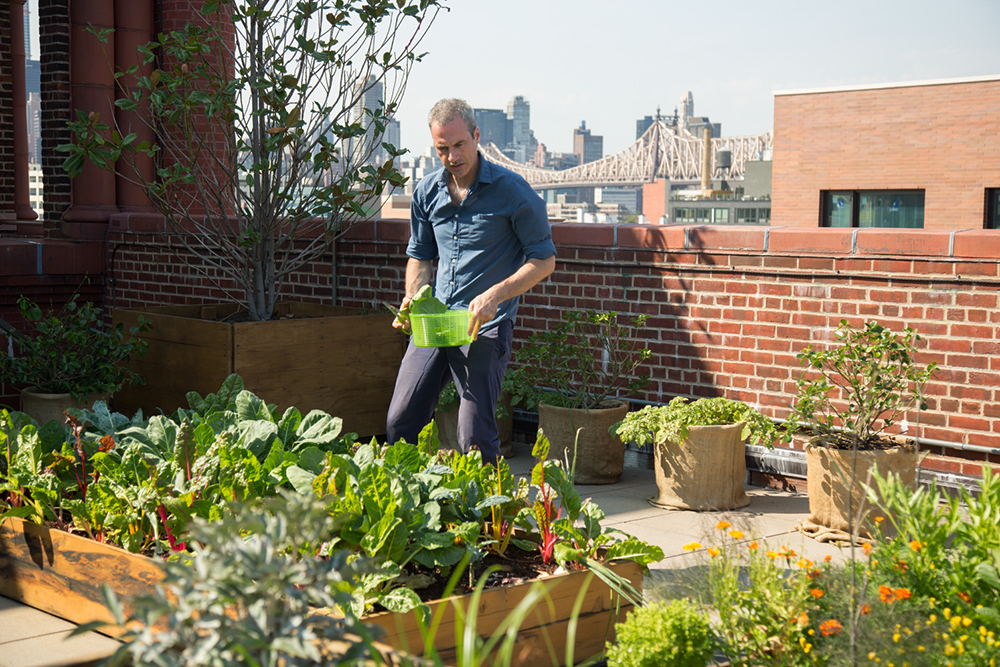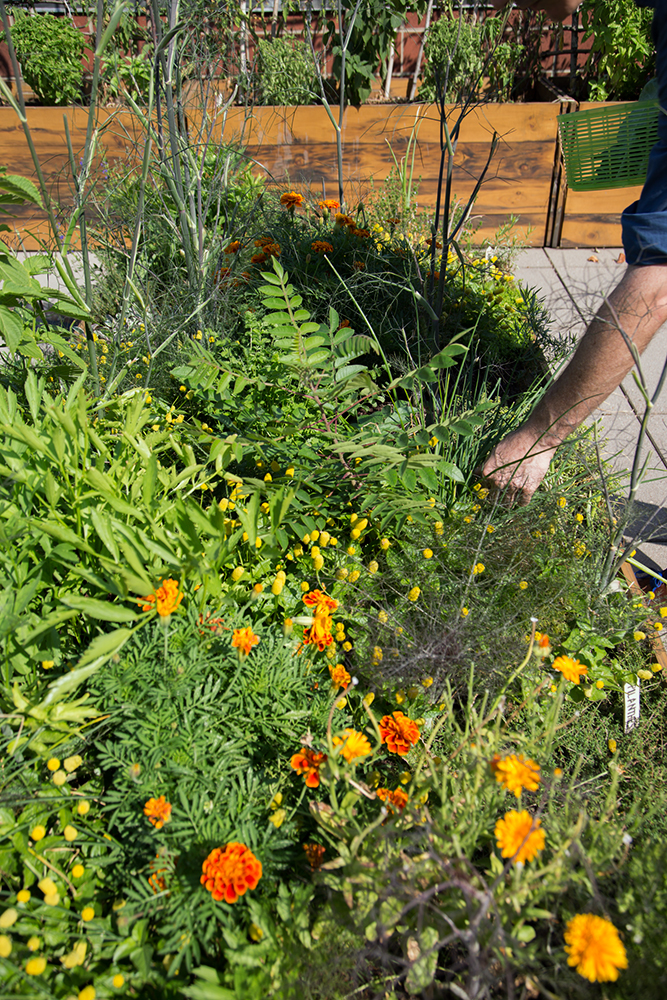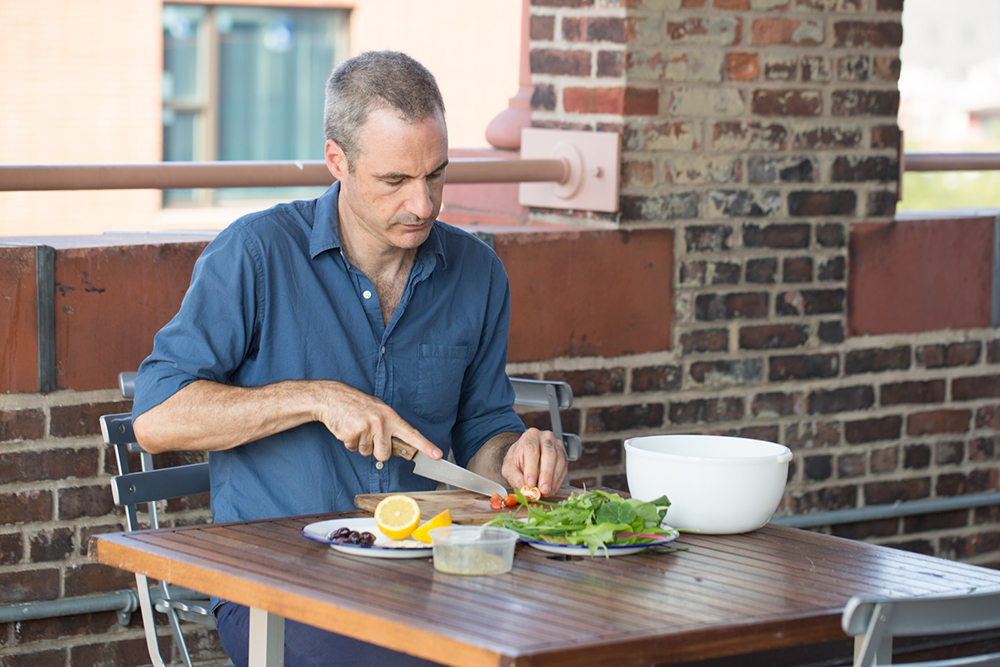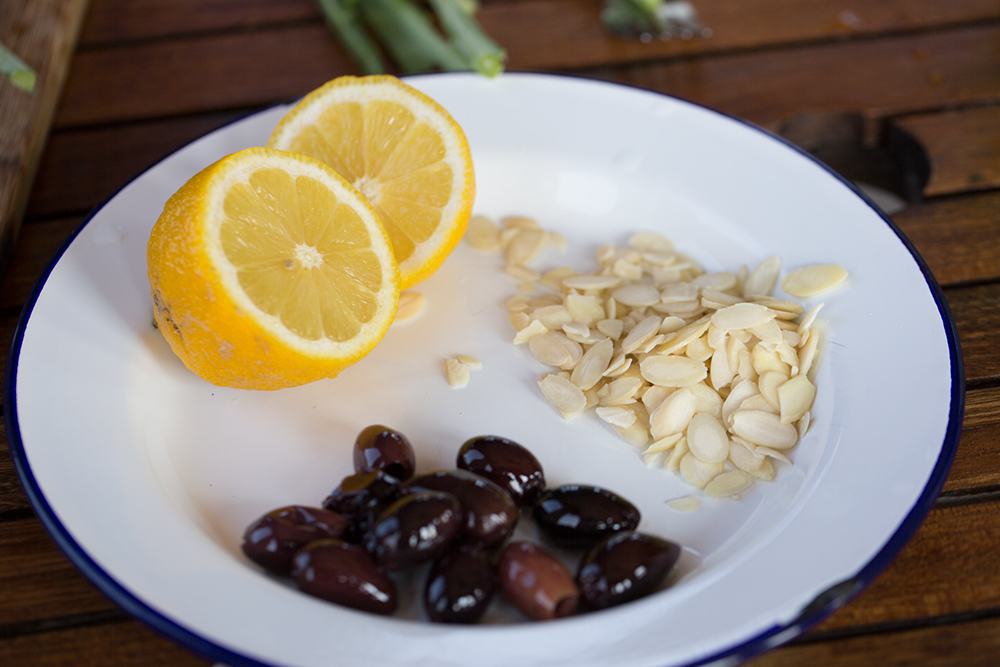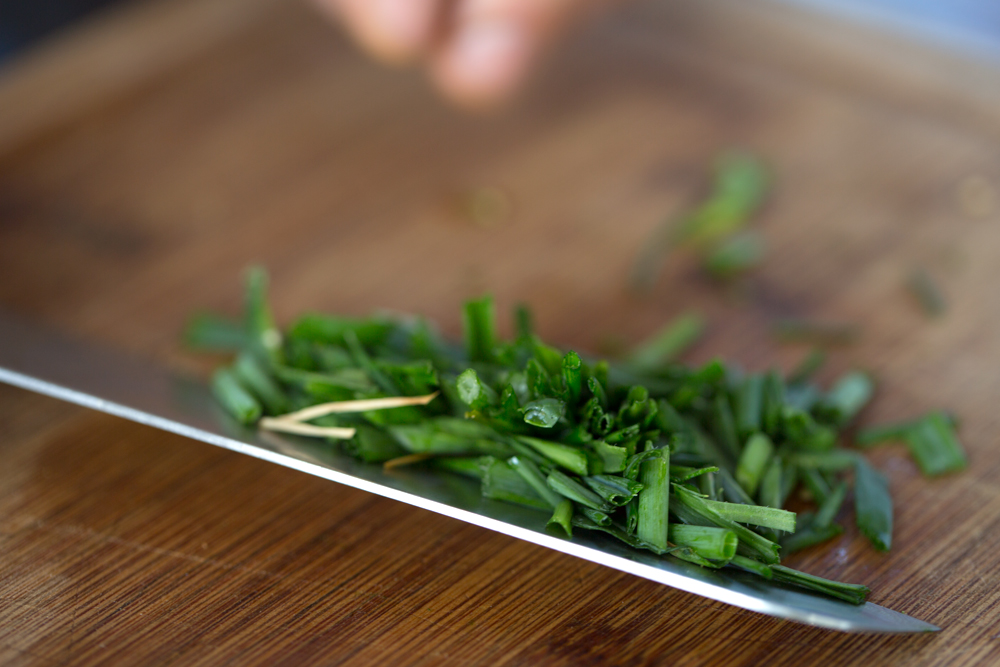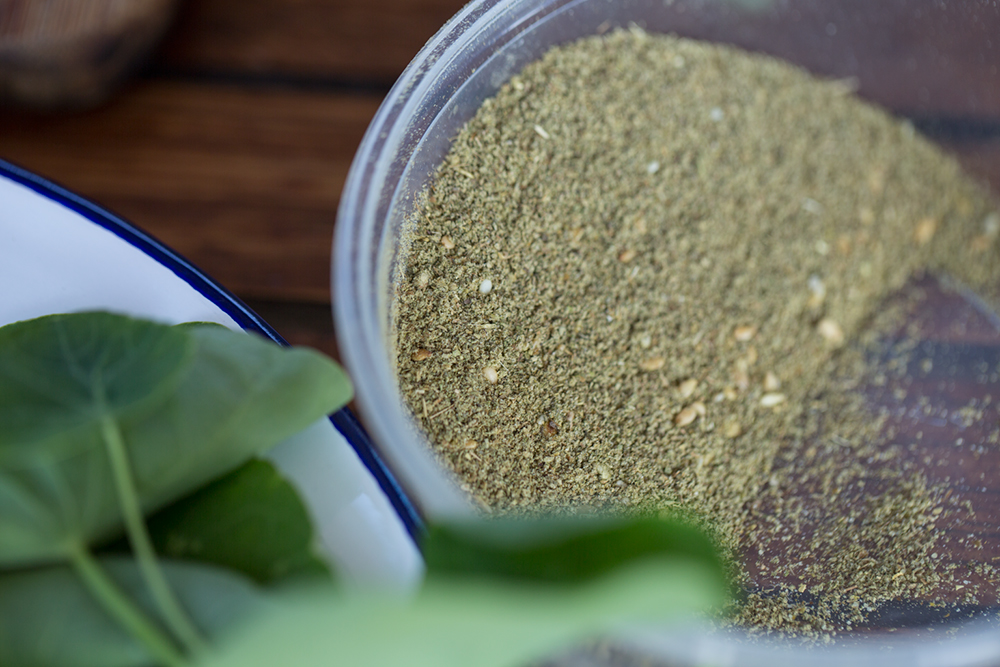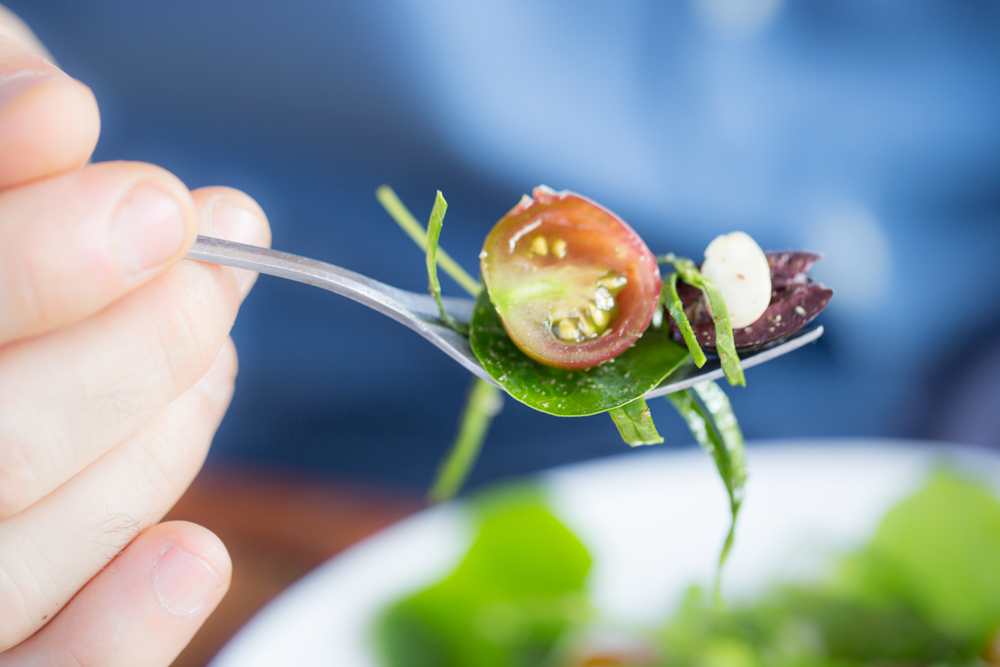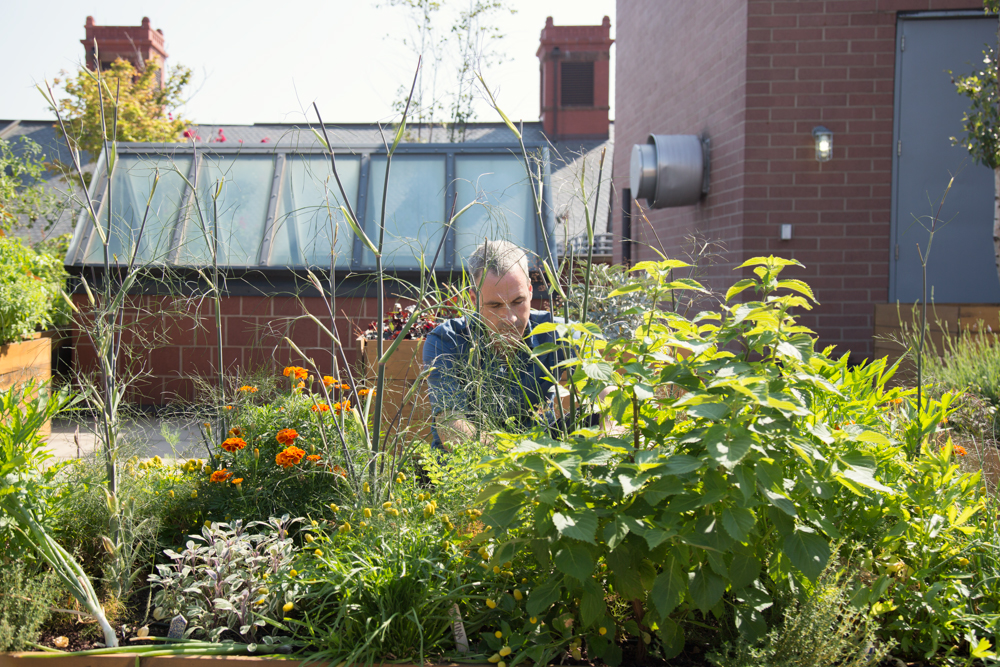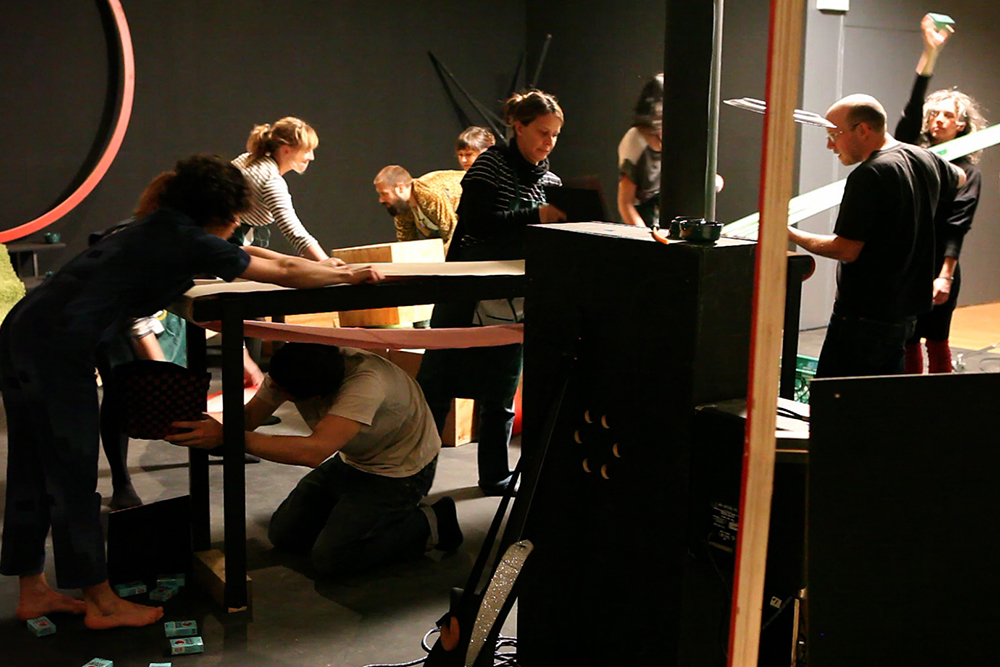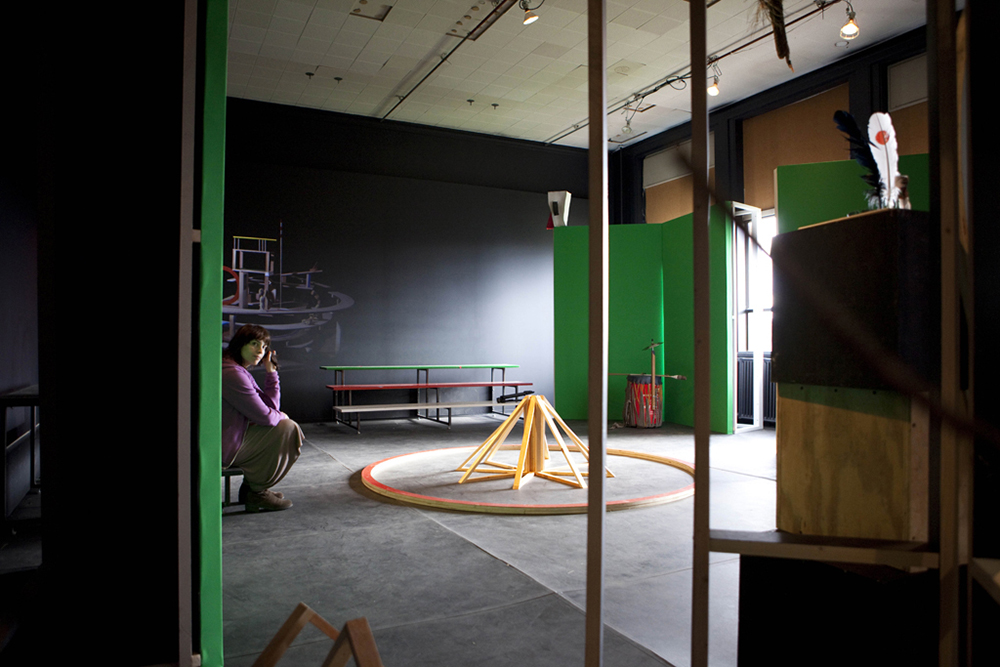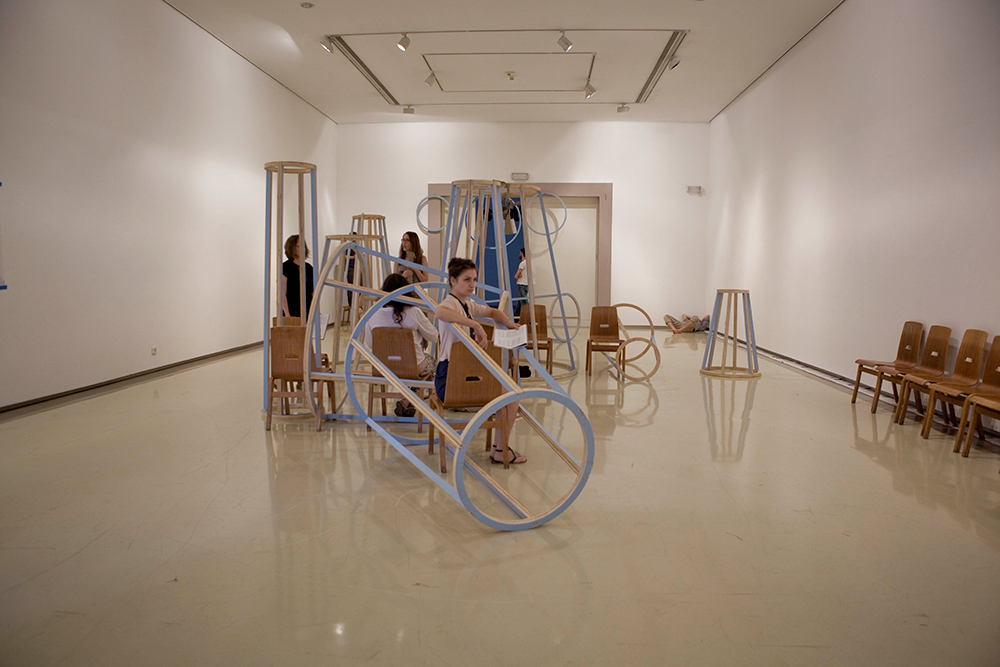POSTED UNDER
- middle eastern,
- MOMA PS1
INGREDIENTS
- almonds,
- collard greens,
- lemon,
- nasturtium,
- olive,
- parsley,
- tomatoes,
- za'atar
NOTES
A simple salad with a twist. Za’atar is a Middle Eastern spice blend with many variations, but the foundation is of sesame seeds, sumac and thyme. You might have this atop flatbread, which I highly recommend. I love having za’atar handy in the pantry. The other night I coated some trumpet mushrooms in the stuff and put them on the grill. It’s versatile, and you can find it in any middle eastern grocery store, or make it yourself.
RECIPE
DIFFICULTY
EASY
SERVES
2
PREP TIME
10 MINS
Salad
-
1cupsalad greens (we used nasturtium, pea shoots and deer tongue)
-
1bunchcollard greens
-
2tbsblanched almonds slivers
-
1/3cupoil cured, pitted kalamata olives
-
1tspminced chives
-
1/2cupcherry tomatoes, halved
-
1tbstorn flat leaf parsley leaves
-
1tbsza'atar
Dressing
-
1wholelemon, juiced
-
1smallgarlic clove
-
olive oil
POSTED UNDER
- middle eastern,
- MOMA PS1
INGREDIENTS
- almonds,
- collard greens,
- lemon,
- nasturtium,
- olive,
- parsley,
- tomatoes,
- za'atar
Ohad Meromi thinks a lot about the notion of Utopia, and the experience of creating with others. For him, the point of making art is the act of getting there, not the arrival at the finished product. This is not Utopia in a naive, idealistic sense of the word. This is a genuine, if not infinite, negotiation of social objectives and interpersonal relationships.
Which, brings me to salad. Ohad showed up to the MoMA PS1 Salad Garden with a few tools in his toolkit – olives, za’atar, lemon and olive oil. The rest, we would have to determine together by walking through the garden, tasting herbs and greens, striving towards a place of compromise. I particularly appreciated Ohad’s objection to my placement of nasturtium leaves on the plate, which he called out as being too “precious” for the presentation of the salad that would ultimately bear his name. He was right, and as a fellow bossy artist with a penchant for collaboration, there’s nothing I like more than being told what to do.
Ohad Meromi in His Own Words
Julia: You are very interested in the idea of utopian community, and much of this comes from your experience and understanding of the kibbutz. Can you tell me about your personal and familial history with the Israeli kibbutz?
Ohad: I’m not going to take the responsibility of telling the history of the Israeli kibbutz; I don’t think I’ll do a good job of it. But I am thinking about the kibbutz. Most of them are still around, that is to say their carcasses are there, in different stages of privatization. Voiceless. In my work I talk about the kibbutz as an archeological site, a modern ruin.
I was born in one, as were my parents who left it when I was two years old to seek out their individuality and fortune ‘outside’. The inspiring generation was that of my grandparents, young Zionist Eastern European Jews who started these communities. Zionism, which in many ways enabled the impressive scope of this project, also played a central role in its eventual irrelevance. For one, the radicalism of the idea of the collective failed to imagine crossing race boundaries, hence there were never any Jewish/Arab kibbutzim. Another aspect: in the early kibbutz, the institution of the family, as private property’s propagator, was dealt with much less caution than race. Like early soviets, these zionists also idealized the orphan as the only pure agent of change, but the kibbutz took these ideas a step further in attacking the family unit. I spent the first two years of my life in a children’s home (the communal house for children in a kibbutz). As socialism’s aura started to fade in the ’70s, these ideas against the family unit became a main critique of the kibbutz by those who had been raised there.
When I was two, we left. So the conscious influence the kibbutz cast on me had more to do with the long summer vacations I spent there as a semi-outsider. While growing up in what quickly became a nouveau riche Tel Aviv suburb, I still had a glimpse into a very different model of living, of economy, of community and cultural production, of values.
JS: How does the kitchen/dining area figure in the communal space in a kibbutz?
OM: In thinking of building a community, the main dining halls of the kibbutz come to mind. These were the largest public structures in all kibbutzim, centrally located between areas of production and the domestic sections. The food itself was very mediocre, the kitchen industrial, but everyone would eat together three times a day, on most days. You just picked up a tray and found someone to sit next to. But perhaps more importantly, these architectural structures were built to serve other functions of the community – the debates, the votes, the celebrations, the exhibitions, the performances, the lectures, the screenings; A venue all sorts of gatherings. It was the community’s living room, a truly amazing site. Heroic in it’s mundane functionality.
When I imagine a model of a room for a community, a place to start, I imagine this multifunctional space.
JS: You often invite friends and colleagues to activate your work, perform in your videos and in your installations. Where does this impulse come from?
OM: My idea of utopia is of making together, and I often search for models for facilitating collaboration and participation; providing open-ended spaces and scripts for action. Making art, in my mind, has a lot to do with being hopeful. Making a place for something that does not have a place.
I love the rooftop garden. It was really nice to improvise a salad with materials I hardly know, and to have a conversation while at it. It did turn out great.
I hope all of this is not too vague…
